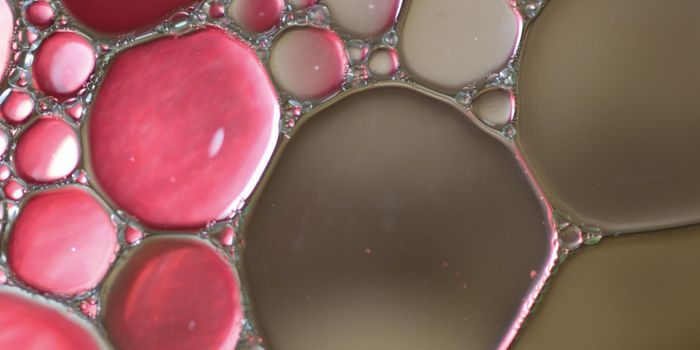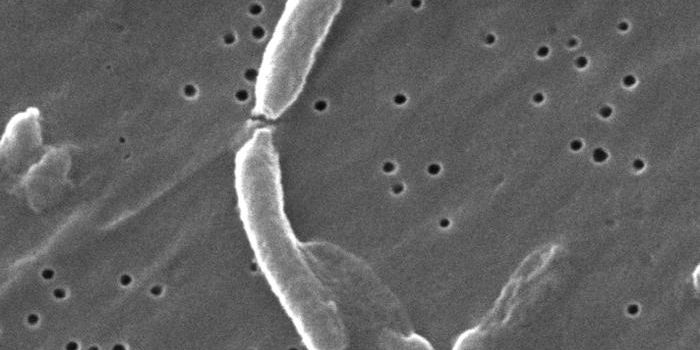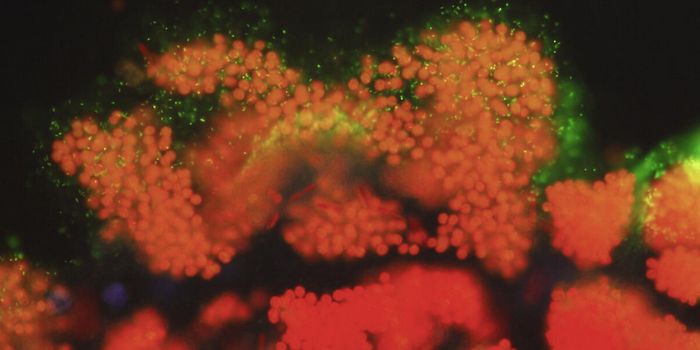A classic defense mechanism of bacteria is the type 6 secretion system, T6SS, is a sort of molecular spear gun. Researchers have now learned more about how it works in tight groups of related bacteria and have
published their work in the latest edition of Cell. It appears that bacteria of a related strain can reuse the ammunition after it’s been fired, both conferring the defense on bacteria that lack it as well as adding to the existing aresenals. If you’d like to get more details about the T6SS, watch the video below.
The system has been studied extensively and is a well described structure, resembling an inverted phage. It has a sort of pointy spear, surrounded by a flexible sheath that is firmly anchored to the cell. "When bacteria fire their spear guns, the sheath rapidly contracts in just a few milliseconds and ejects the spear out of the cell into by-standing bacteria. The attackers then recycle the harpoon proteins remaining in the cell," explained one author of the work, Professor Marek Basler, an infection biologist at the Biozentrum of the University of Basel.
The investigators performed their research on the cholera pathogen, Vibrio cholerae, showing for the first time that these bacteria use a form of recycling, and sharing resources with related bacteria in need. By mixing bacteria deficient in the protein components of T6SS with normal bacteria, they demonstrated that the T6SS functions are provided to the deficient bacteria. You can see a video of their work below.
"The special thing about Vibrio cholerae is that it assembles spear guns all the time and fires them aimlessly," said Andrea Vettiger, the other author of the study. "If one of T6SS-defecient bacteria is randomly hit, it disassembles the spear gun to its individual components, the shaft and tip proteins, and reassembles its own functional harpoon; also the translocated tip-linked toxins can be recycled by the attacked cell. And even bacteria that no longer produce any proteins can assemble a T6SS by reusing the harpooned proteins provided by their neighboring sister cells."
The researchers also learned that related strains of bacteria are able to unite and form a defense against microbial foes. For example, two strains of Vibrio can team up to kill a competitor. Additionally, they can do that even if one strain in the team lacks the T6SS capabilities, through the demonstrated use of shared resources.
The scientists believe their discovery could be a very important phenomenon. "Although we have only observed this interbacterial complementation under laboratory conditions, we are convinced that this form of cooperation plays an important role in nature and provides some bacterial communities with a survival advantage," concluded Basler.
Sources:
AAAS/Eurekalert! via
University of Basel,
Cell









